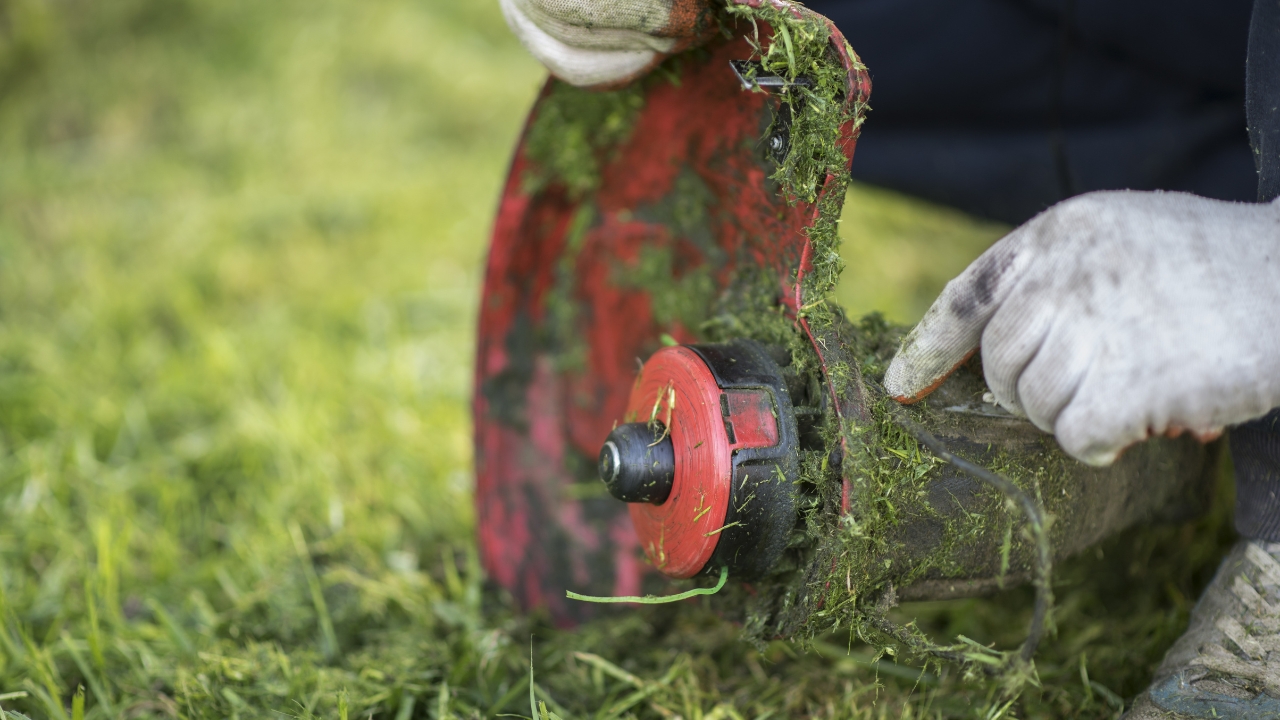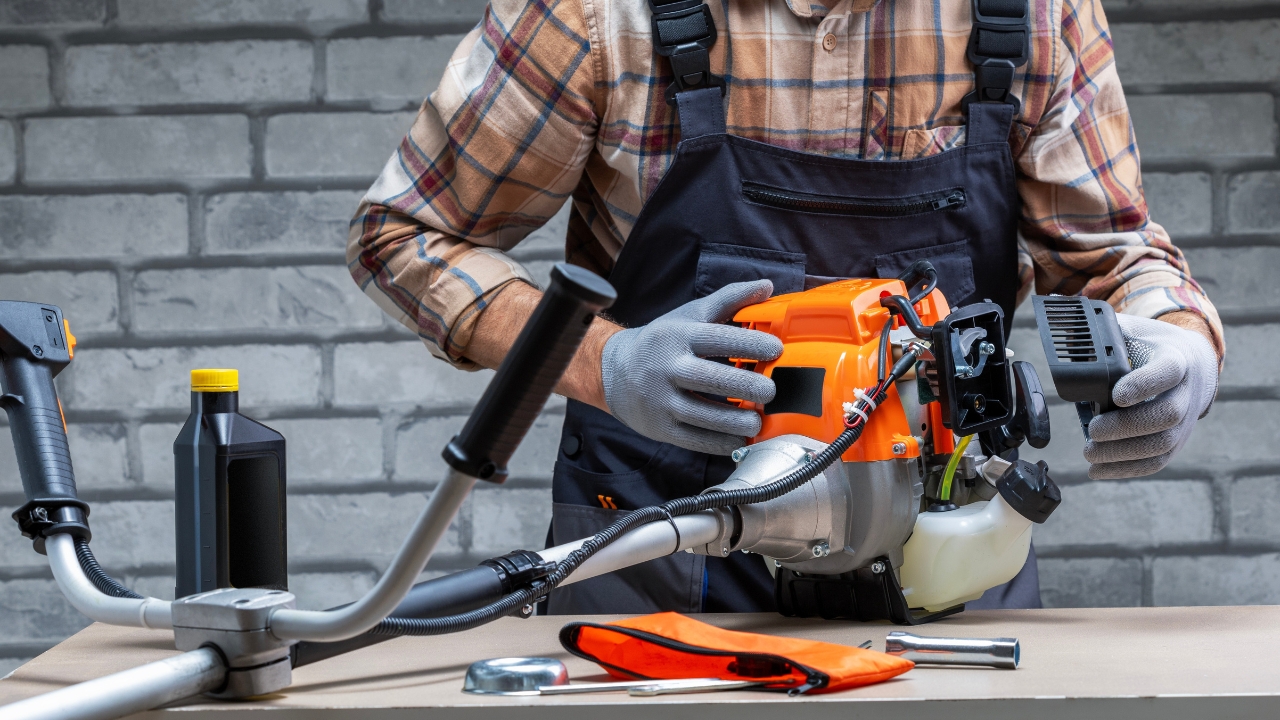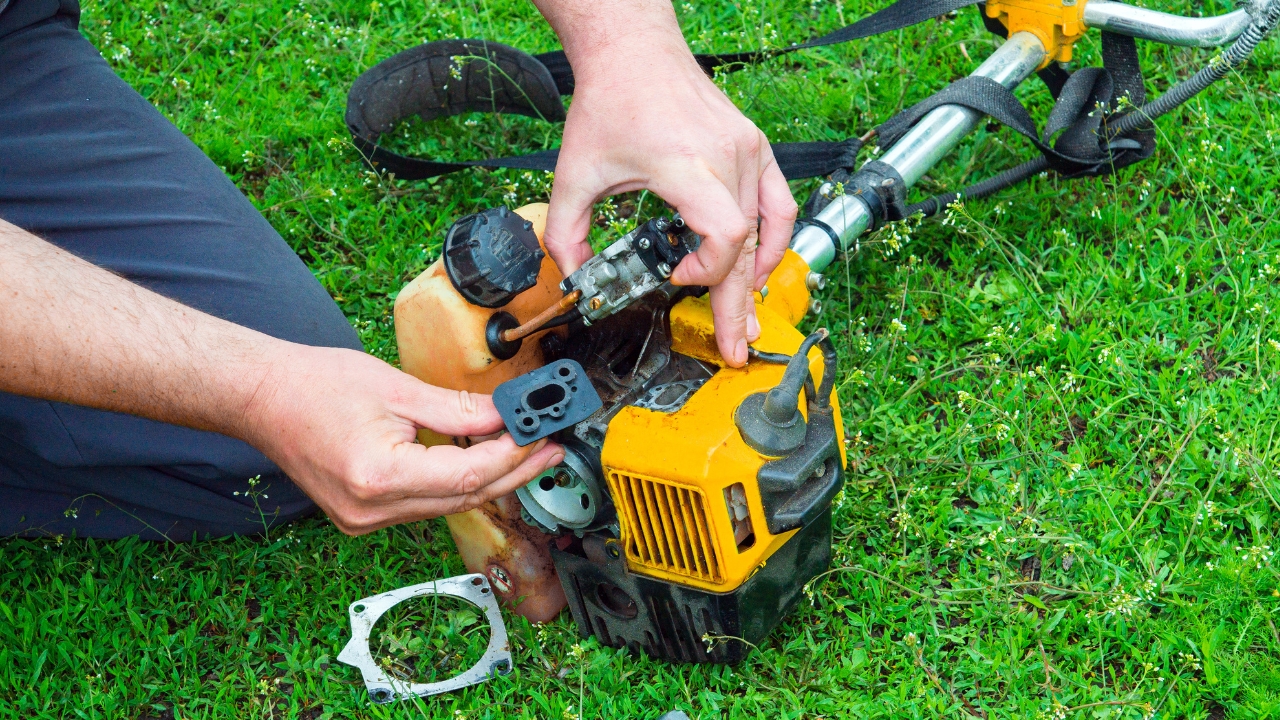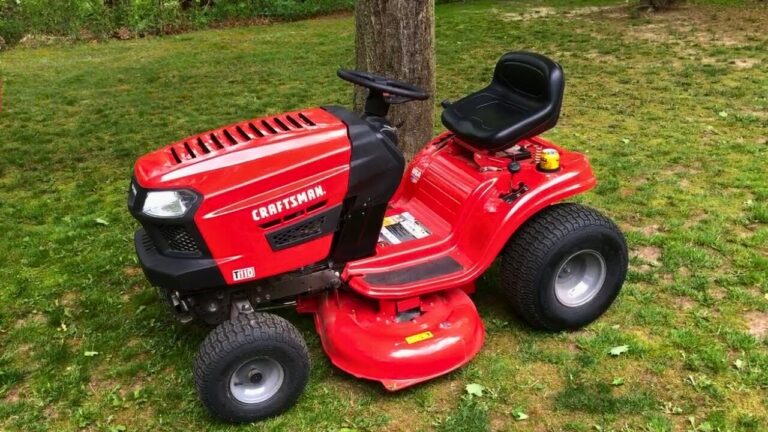How to Keep Your Weed Eater Working Like It’s Brand New
Weed eaters take a beating. Between bumping against fences, chewing through thick weeds, and getting tossed in and out of the shed, it’s no surprise they wear down fast. But if yours is sputtering, overheating, or going through string like crazy, it might not be time for a new one—it might just need a little care.
With the right habits and regular upkeep, a weed eater can stay reliable season after season. Here’s how to keep it running smooth and sharp without constantly replacing parts or buying a new one.
Clean It After Every Use

Grass clippings and dirt build up fast, especially around the head and air intake. If you let it sit like that, the motor works harder and starts to run hot.
A quick wipe-down with a brush or rag after each use helps more than you’d think. Check the air vents and make sure nothing’s clogging them. It takes five minutes and keeps performance steady.
Use Fresh Fuel and the Right Mix

Old gas is one of the quickest ways to mess up a two-stroke engine. It gums up the carburetor and makes starting harder than it should be.
If your weed eater uses a gas-oil mix, stick to the ratio listed in the manual and mix only what you’ll use in a few weeks. For longer storage, adding a fuel stabilizer is worth it.
Replace the Air Filter Regularly

A clogged air filter chokes the engine and leads to poor performance. If it’s dusty, soaked in oil, or falling apart, it’s time to swap it out.
Check the filter every few weeks during heavy use. Most are cheap and easy to replace, and running with a clean one helps the engine breathe and last longer.
Keep the Spark Plug in Good Shape

If the engine’s hard to start or running rough, the spark plug might be the issue. It’s one of the simplest parts to replace and can fix a lot of minor performance problems.
Pull it and check for buildup or corrosion. A new plug only costs a few bucks, and swapping it once a season can save you a lot of frustration.
Store It Off the Ground

Leaving a weed eater on a damp garage or shed floor can cause corrosion, especially around the shaft and cutting head. Moisture creeps into places it shouldn’t.
Hang it on a wall or store it on a shelf to keep it dry and protected. It’s a simple habit that helps the tool last longer and stay in better shape between uses.
Don’t Run It Dry Without a Purpose

Running the tank dry before winter storage is a smart move. But doing it after every use just adds wear to the carburetor and fuel system.
During the season, leave enough fuel to keep things lubricated. At the end of the season, then go ahead and run it out or empty the tank completely.
Keep the Trimmer Head Clean and Tight

Grass wrapped around the trimmer head puts extra stress on the motor and can mess with how the line feeds. It also traps moisture that leads to rust and wear.
Pop the head off and clean it out now and then. Make sure everything’s tightened down properly. If anything feels loose or off balance, fix it before it causes bigger issues.
Use the Right Line Size

Using the wrong trimmer line can burn through spools faster and strain the motor. Too thick, and it drags; too thin, and it snaps constantly.
Check your manual and stick with the recommended size. If you’re trimming heavier stuff, step up to a tougher line that’s still within spec for your model.
Don’t Overuse Full Throttle

You don’t need to max it out every time you trim. Constant full throttle wears down the engine, burns fuel, and can even cause overheating on hot days.
Ease up when you’re trimming grass or lighter weeds. Save the power for thick, stubborn areas. It helps you stay in control and keeps the tool from working harder than it needs to.
Sharpen or Replace Parts Before They Fail

If your bump knob is worn down or your cutting head is cracked, replace it before it fully fails. Running damaged parts can strain the motor and cause vibration that shortens the tool’s life.
Inspect the head, shield, and handles regularly. Replacing one small part on time is a whole lot cheaper than buying a new trimmer later.
*This article was developed with AI-powered tools and has been carefully reviewed by our editors.







